Go Convert Int To String
Converting an integer to a string is a common task when working with programming languages. In both Python and Golang (Go), there are various methods and functions available to perform this conversion. In this article, we will explore different techniques to convert an integer to a string in Python and Golang, and also discuss conversion related FAQs.
Converting an Integer to a String in Python:
1. Using the str() function:
The str() function is a built-in function in Python that converts an object to a string. When an integer is passed to the str() function, it returns the string representation of that integer.
For example:
“`python
number = 123
string_number = str(number)
print(string_number) # Output: “123”
“`
2. Using the format() method:
The format() method is another way to convert an integer to a string in Python. It allows formatting the string representation of the integer according to various patterns or templates.
For example:
“`python
number = 456
string_number = “{}”.format(number)
print(string_number) # Output: “456”
“`
3. Using the f-string syntax:
Introduced in Python 3.6, f-strings (formatted string literals) provide a concise way to embed expressions inside string literals. By placing the integer inside curly braces, it can be converted to a string.
For example:
“`python
number = 789
string_number = f”{number}”
print(string_number) # Output: “789”
“`
4. Using the repr() function:
The repr() function returns a string containing a printable representation of an object. When an integer is passed to the repr() function, it returns the string representation of that integer.
For example:
“`python
number = 101112
string_number = repr(number)
print(string_number) # Output: “101112”
“`
5. Using the int.to_bytes() method:
The int.to_bytes() method converts an integer to a bytes object using the specified byte order.
For example:
“`python
number = 131415
byte_array = number.to_bytes((number.bit_length() + 7) // 8, ‘big’)
string_number = byte_array.decode()
print(string_number) # Output: “131415”
“`
6. Using the bytearray() function:
The bytearray() function returns a mutable sequence of integers representing the ASCII character codes. By passing an integer to the bytearray() function, it can be converted to a bytearray object which can then be converted to a string.
For example:
“`python
number = 161718
byte_array = bytearray(str(number), ‘utf-8’)
string_number = byte_array.decode()
print(string_number) # Output: “161718”
“`
7. Using the chr() function:
The chr() function returns the character representing the specified Unicode code. By passing an integer to the chr() function, it can be converted to a character which can then be concatenated to form a string.
For example:
“`python
number = 192021
string_number = chr(number)
print(string_number) # Output: “\u07bc”
“`
8. Using the ord() function:
The ord() function returns an integer representing the Unicode character. By passing a character to the ord() function, it can be converted to an integer which can then be converted to a string.
For example:
“`python
character = ‘A’
integer = ord(character)
string_number = str(integer)
print(string_number) # Output: “65”
“`
9. Using string concatenation:
Another method to convert an integer to a string in Python is by using string concatenation. By concatenating an empty string with the integer, it can be converted to a string.
For example:
“`python
number = 222324
string_number = “” + str(number)
print(string_number) # Output: “222324”
“`
Converting an Integer to a String in Golang:
1. Convert int to int32 in Golang:
To convert an int to int32 in Golang, we can simply typecast the int to int32.
For example:
“`go
number := 123
int32_number := int32(number)
fmt.Println(int32_number) // Output: 123
“`
2. Change string to int in Golang:
To convert a string to an int in Golang, we can use the strconv.Atoi() function. It parses the string and returns the corresponding int value.
For example:
“`go
string_number := “456”
int_number, _ := strconv.Atoi(string_number)
fmt.Println(int_number) // Output: 456
“`
3. Convert any to string in Golang:
To convert any variable (including int, float, bool, etc.) to a string in Golang, we can use the built-in fmt.Sprintf() function. It formats the variable according to a specified format and returns the resulting string.
For example:
“`go
number := 789
string_number := fmt.Sprintf(“%v”, number)
fmt.Println(string_number) // Output: “789”
“`
4. Convert int64 to string in Golang:
To convert an int64 to a string in Golang, we can use the strconv.FormatInt() function. It converts the int64 to a string representation using a specified base.
For example:
“`go
int64_number := int64(101112)
string_number := strconv.FormatInt(int64_number, 10)
fmt.Println(string_number) // Output: “101112”
“`
5. Convert string to int32 in Golang:
To convert a string to int32 in Golang, we can use the strconv.ParseInt() function. It parses the string as an integer of the specified bit size and returns the corresponding int32 value.
For example:
“`go
string_number := “131415”
int32_number, _ := strconv.ParseInt(string_number, 10, 32)
fmt.Println(int32(int32_number)) // Output: 131415
“`
6. Convert array int to string in Golang:
To convert an array of integers to a string in Golang, we can use the strings.Join() function. It concatenates the elements of the array into a single string using a specified separator.
For example:
“`go
array_number := []int{161, 162, 163}
string_number := strings.Join(strings.Fields(fmt.Sprint(array_number)), ” “)
fmt.Println(string_number) // Output: “161 162 163”
“`
7. Uint to string in Golang:
To convert an unsigned integer (uint) to a string in Golang, we can use the strconv.Itoa() function. It converts the unsigned integer to a string representation.
For example:
“`go
uint_number := uint64(192021)
string_number := strconv.Itoa(int(uint_number))
fmt.Println(string_number) // Output: “192021”
“`
8. Convert bool to string in Golang:
To convert a boolean (bool) to a string in Golang, we can use the strconv.FormatBool() function. It converts the bool to its string representation (“true” or “false”).
For example:
“`go
bool_value := true
string_value := strconv.FormatBool(bool_value)
fmt.Println(string_value) // Output: “true”
“`
FAQs:
Q: Can I convert a negative integer to a string in Python?
A: Yes, all the mentioned methods and functions can handle negative integers. The resulting string will include the negative sign (“-“) before the digits.
Q: Is there a limit to the size of the integer that can be converted?
A: In Python, the size of the integer that can be converted to a string is limited by the available memory. Golang has specific data types like int64 and uint64 to handle larger integers.
Q: How do I convert a string with non-numeric characters to an integer?
A: In Python, using the int() function without any additional parameters will raise a ValueError if the string contains non-numeric characters. In Golang, the strconv.Atoi() function will return an error if the string cannot be parsed as an integer.
Q: Can I convert a float or a decimal number to a string using these methods?
A: Yes, the mentioned methods and functions can also be used to convert floats or decimal numbers to strings by passing the float or decimal number as an argument.
In conclusion, converting an integer to a string is a fundamental operation in programming. Both Python and Golang provide multiple ways to perform this conversion, allowing flexibility and choice based on the specific requirements of your code. By utilizing the techniques discussed above, you can confidently convert integers to strings in your Python and Golang projects.
How To Convert Integers To Strings In Go – Learn Golang #11
How To Convert Int To String In Go?
Converting data types is an essential task in programming, as it allows us to manipulate and present information in different formats. In the Go programming language, converting an int to a string may seem like a straightforward task, but there are multiple ways to accomplish it. In this article, we will explore different approaches to convert an int to a string in Go and discuss the advantages and disadvantages of each.
Approach 1: strconv.Itoa
The strconv package in Go provides a function, Itoa, which is specifically designed to convert an int to a string. Let’s see an example:
“`go
package main
import (
“fmt”
“strconv”
)
func main() {
number := 42
str := strconv.Itoa(number)
fmt.Printf(“The integer %d converted to string is: %s\n”, number, str)
}
“`
The Itoa function takes an int as a parameter and returns the corresponding string representation. It handles the conversion and any associated errors. This approach is the simplest and most direct way to convert an int to a string in Go. However, it is important to note that this method only works for converting int values and not other numeric types such as int64 or float64.
Approach 2: fmt.Sprintf
The fmt package in Go provides the Sprintf function, which can be used to format and return a string representation of an int. Here’s an example:
“`go
package main
import “fmt”
func main() {
number := 42
str := fmt.Sprintf(“%d”, number)
fmt.Printf(“The integer %d converted to string is: %s\n”, number, str)
}
“`
Sprintf allows us to construct a formatted string based on a template and returns the result as a string. While this approach provides more flexibility in formatting the string representation, it may not be as efficient as strconv.Itoa in terms of performance. Additionally, similar to strconv.Itoa, fmt.Sprintf is also limited to int conversion and doesn’t handle other numeric types.
Approach 3: strconv.FormatInt
If you need to convert an int64 to a string in Go, the strconv package provides the FormatInt function. Let’s take a look:
“`go
package main
import (
“fmt”
“strconv”
)
func main() {
number := int64(42)
str := strconv.FormatInt(number, 10)
fmt.Printf(“The int64 %d converted to string is: %s\n”, number, str)
}
“`
In this approach, we use FormatInt with a specified base (10 in this example) to convert an int64 to a string. The base determines the numbering system used for the string representation, such as decimal (base 10), binary (base 2), or hexadecimal (base 16).
FAQs:
Q: Can I convert a string to an int in Go?
A: Yes, Go provides the strconv.Atoi function to convert a string to an int. Here’s an example:
“`go
package main
import (
“fmt”
“strconv”
)
func main() {
str := “42”
number, err := strconv.Atoi(str)
if err != nil {
fmt.Println(“Invalid input string”)
return
}
fmt.Printf(“The string %s converted to int is: %d\n”, str, number)
}
“`
Q: What is the difference between strconv.Itoa and strconv.FormatInt?
A: The main difference lies in the type of the number being converted. Itoa is specifically designed for int values, whereas FormatInt is used for int64 values. Choosing the appropriate function based on the input type ensures accurate conversions and avoids any potential errors.
Q: Can I convert a float to a string in Go using strconv?
A: Yes, Go provides strconv functions to convert float32 and float64 types to string representation. For example, strconv.FormatFloat can be used to convert a float64 to string. Make sure to specify the desired precision and bit size when using these functions.
Q: Are there any performance implications when converting int to string?
A: While all the mentioned approaches are efficient, strconv.Itoa tends to be the fastest and most optimized method for converting int to string in Go. If performance is a critical factor, opting for strconv.Itoa is recommended.
In conclusion, correctly converting an int to a string in Go is crucial when dealing with different data types and formatting requirements. The strconv package offers various functions to handle these conversions efficiently and accurately. By carefully selecting the appropriate method based on the specific requirements and input types, you can ensure seamless and error-free conversions in your Go programs.
How To Convert Int 64 To String In Golang?
In Go, converting an int64 value to string may seem like a simple task, but a few nuances need to be considered. This article will guide you through the process of converting an int64 data type to a string in Golang, covering the topic in-depth.
Converting an int64 to a string in Golang is achieved by utilizing the strconv package. The strconv package provides functions to convert various data types to and from strings, making it the perfect tool for our task.
Here’s a step-by-step guide on how to convert an int64 value to a string in Golang:
Step 1: Import the strconv package
To utilize the strconv package in our Go program, we need to import it first. Add the following import statement to the top of your Go source file:
“`go
import “strconv”
“`
Step 2: Use the strconv.Itoa() function
The strconv package provides a function named Itoa(), short for “integer to ASCII,” which converts an integer value to a corresponding string. However, Itoa() only works with 32-bit integers, so we need to resort to a different approach for int64 types.
Instead, we can use the FormatInt() function from the strconv package to convert our int64 value to a string. FormatInt() takes two arguments: the integer value to be converted and the base (radix) for the string representation. Since we want a decimal string, the base should be set to 10.
Here’s an example code snippet demonstrating the conversion using the FormatInt() function:
“`go
package main
import (
“fmt”
“strconv”
)
func main() {
num := int64(42)
str := strconv.FormatInt(num, 10)
fmt.Printf(“%T: %s\n”, str, str)
}
“`
In this example, we convert the int64 value 42 to a string using FormatInt(). The resulting string is then printed using the fmt.Printf() function.
Step 3: Casting int64 to a string using Sprintf()
Another simple approach to convert an int64 value to a string in Golang is through casting. By utilizing the Sprintf() function from the fmt package, we can convert our int64 value to a string. The Sprintf() function is similar to Printf(), but it returns the result as a string rather than printing it.
Here’s an example illustrating the conversion using Sprintf():
“`go
package main
import (
“fmt”
)
func main() {
num := int64(42)
str := fmt.Sprintf(“%d”, num)
fmt.Printf(“%T: %s\n”, str, str)
}
“`
In this example, we convert the int64 value 42 to a string using Sprintf(). The resulting string is then printed using fmt.Printf().
FAQs
Q: Can I safely convert any int64 value to a string in Golang?
A: Yes, you can safely convert any int64 value to a string without losing precision. Golang provides sufficient support for converting int64 values to strings.
Q: Can I convert a negative int64 to a string using FormatInt() or Sprintf()?
A: Yes, you can convert both positive and negative int64 values to strings using the mentioned methods. The resulting string will accurately represent the value, including the sign.
Q: Are there any performance differences between using FormatInt() or Sprintf() for int64 to string conversion?
A: While FormatInt() specifically handles integer-to-string conversions, Sprintf() is a more general-purpose function. Consequently, FormatInt() might provide slightly better performance for this particular conversion.
Q: Is there a built-in function in Golang to convert int64 to string with leading zeros?
A: No, there isn’t a specific built-in function for adding leading zeros. However, you can achieve this by manually padding the resulting string with zeros.
Q: How can I convert a string to an int64 in Golang?
A: Golang provides the ParseInt() function from the strconv package to convert a string to an int64. ParseInt() takes the string to be converted, the base for the conversion, and the bit size of the resulting integer.
In conclusion, converting an int64 value to a string in Golang is a straightforward process using the strconv package. By understanding the available functions like FormatInt() and Sprintf(), you can easily convert your int64 values to string representations. Golang provides excellent support for such conversions, ensuring the accuracy and reliability of your data handling tasks.
Keywords searched by users: go convert int to string Convert int to int32 golang, Change string to int golang, Convert any to string golang, Convert int64 to string Golang, Convert string to int32 golang, Convert array int to string Golang, Uint to string Golang, Convert bool to string golang
Categories: Top 23 Go Convert Int To String
See more here: nhanvietluanvan.com
Convert Int To Int32 Golang
Golang, also known as Go, is a powerful programming language designed for simplicity and efficiency. It offers robust tools and features to facilitate straightforward and concise code. One common task in programming is converting data types, such as converting an int to an int32. In this article, we will delve into the details of converting int to int32 in Golang, covering everything you need to know about this process.
Understanding int and int32 in Golang
In Golang, int and int32 are both integer types, but they differ in size. The int type’s size depends on the host system architecture; it can be 32 or 64 bits. On the other hand, int32 is always a 32-bit signed integer regardless of the system’s architecture. It is guaranteed to be precisely 32 bits in size. These two types have different memory allocations, which is why converting between them is necessary in certain situations.
Converting int to int32
To convert an int to an int32 in Golang, you can use a simple type conversion. Type conversion allows you to assign one variable of a specific type to another variable of a different, compatible type. The process of converting int to int32 involves explicitly indicating the desired type using parentheses and the target type name.
Here is an example of converting an int to an int32:
“`go
var num int = 100
var num32 int32 = int32(num)
“`
In this code snippet, we first declare a variable num of type int and assign it a value of 100. Then, we declare another variable num32 of type int32 and assign it the result of the conversion from num to int32 using `int32(num)`.
It’s important to note that when converting an int to int32, you must ensure that the value falls within the valid range of int32. Since int32 has a limited range, a value outside this range will result in an overflow or truncation error. To avoid issues, you can use conditional statements and error handling mechanisms to handle such scenarios.
FAQs
Q1. What happens if the value being converted exceeds the range of int32?
If the value being converted exceeds the range of int32, an overflow or truncation error may occur. The behavior in such cases is not well-defined and depends on the specific implementation of Golang. To ensure safe conversions, it is vital to check the value beforehand to avoid unwanted results.
Q2. Can I convert an int64 to an int32 using the same method?
Yes, you can convert an int64 to int32 using the same type conversion method mentioned earlier. However, similar to converting an int to an int32, you must also check if the value lies within the valid range of int32 to avoid potential issues. If the value exceeds the range, an overflow or truncation error may occur.
Q3. How can I check if a value is within the valid range of int32?
You can use conditional statements to check if a value lies within the valid range of int32. The minimum and maximum values of int32 can be accessed using the constants `math.MinInt32` and `math.MaxInt32` respectively. For example, to check if a value `x` is within the valid range:
“`go
if x < math.MinInt32 || x > math.MaxInt32 {
// Value is outside the valid range of int32
// Handle the error or take appropriate action
}
“`
Q4. Is there a risk of losing precision when converting int to int32?
Yes, there is a risk of losing precision when converting from int to int32. If the original int value is outside the valid range of int32, it will be truncated to fit within the range. This truncation can result in the loss of significant digits or precision. Therefore, it is crucial to handle such conversions cautiously and ensure that precision loss is acceptable in your specific use case.
Q5. Can I convert an int32 to an int without loss of precision?
Yes, converting an int32 to an int does not result in a loss of precision. Since int and int32 are both integer types, and int has a broader range than int32, the conversion can be performed without any loss of data. The process follows the same type conversion method:
“`go
var num32 int32 = 100
var num int = int(num32)
“`
In this example, the variable num32 of type int32 is converted to num of type int, preserving the precision and value.
Converting int to int32 in Golang is a common task encountered in many programming scenarios. By understanding the differences between int and int32, and leveraging the type conversion method, you can easily convert between these two types. Remember to consider the potential risks associated with overflow, truncation, and precision loss when performing these conversions. By addressing these concerns and implementing appropriate error handling mechanisms, you can ensure reliable and accurate results in your Golang applications.
Change String To Int Golang
Golang, also known as Go, is a popular programming language known for its simplicity and efficiency. One common task in programming is converting a string to an integer value. In this article, we will dive into various methods and techniques to achieve this conversion in Golang. So, let’s get started!
Converting a String to an Integer in Golang:
Golang provides multiple ways to convert a string to an integer. We will explore some of the most widely used techniques and walk you through their implementation and usage.
1. strconv.Atoi():
The strconv package in Golang offers the Atoi() function, designed specifically for converting a string to an integer. The Atoi() method returns two values: the converted integer and an error. Here’s an example demonstrating its usage:
“`go
package main
import (
“fmt”
“strconv”
)
func main() {
str := “123”
if num, err := strconv.Atoi(str); err == nil {
fmt.Printf(“Converted integer: %d\n”, num)
} else {
fmt.Println(“Error during conversion:”, err)
}
}
“`
2. strconv.ParseInt():
Another method provided by strconv is ParseInt(). This function allows you to convert a string into an integer with more flexibility. You must specify the base (such as 10 for decimal) and the bit size (32 or 64) in the function call. Here’s an example:
“`go
package main
import (
“fmt”
“strconv”
)
func main() {
str := “123”
if num, err := strconv.ParseInt(str, 10, 64); err == nil {
fmt.Printf(“Converted integer: %d\n”, num)
} else {
fmt.Println(“Error during conversion:”, err)
}
}
“`
3. Custom Conversion Logic:
In some cases, you may encounter strings with custom formats that require specific conversion logic. Golang provides a powerful and flexible package called “regexp” to handle regular expressions. By combining strconv and regexp packages, you can extract and convert the desired integer values from strings using regular expressions. Below is an example to illustrate this approach:
“`go
package main
import (
“fmt”
“regexp”
“strconv”
)
func main() {
str := “I have 123 apples”
reg := regexp.MustCompile(“[0-9]+”)
if match := reg.FindString(str); match != “” {
if num, err := strconv.Atoi(match); err == nil {
fmt.Printf(“Converted integer: %d\n”, num)
} else {
fmt.Println(“Error during conversion:”, err)
}
} else {
fmt.Println(“No number found in the string.”)
}
}
“`
FAQs (Frequently Asked Questions):
1. What happens if the string cannot be converted to an integer?
When a string cannot be converted to an integer using strconv, the functions Atoi() and ParseInt() return an error. It is crucial to handle this error to avoid unexpected program behavior.
2. Can Golang convert an integer string in other numeral systems, such as hexadecimal or binary?
Yes! By specifying the appropriate base in the strconv.ParseInt() function call, Golang can handle conversions for octal, decimal, hexadecimal, and even binary representations of integers.
3. Are there any built-in functions to convert from integer to string in Golang?
Yes, Golang provides the strconv.Itoa() function, which converts an integer to a string. Additionally, you can use the fmt.Sprintf() method to achieve the same outcome.
4. What are the performance considerations when converting a string to an integer?
The performance impact of string-to-integer conversion depends on various factors, such as the algorithm used, the size of the string, and the underlying hardware. Generally, strconv.Atoi() is considered efficient, but for more complex scenarios, it may be necessary to implement custom conversion logic for optimal performance.
In conclusion, Golang provides several approaches to convert a string to an integer, allowing developers to choose the most suitable method based on their requirements. We have covered the most commonly used techniques in this article, along with examples and FAQs. Mastering this skill will undoubtedly enhance your ability to handle string-to-integer conversions effectively in Golang.
Convert Any To String Golang
Introduction:
In the world of programming, the ability to convert data types is invaluable. Especially in a language like Golang, which emphasizes type safety, understanding how to convert any data type to a string can be a powerful tool. In this article, we will explore various techniques and methodologies for converting any to a string in Golang, along with some frequently asked questions. So, let’s dive in!
1. Using the strconv Package:
The Golang standard library provides the strconv package, which offers functions to convert various data types to a string representation. strconv.Itoa() is particularly useful for converting integer types (int, int8, int16, int32, and int64) to their string counterparts. Similarly, strconv.FormatBool() can be used for boolean values, strconv.FormatFloat() for floating-point numbers, and strconv.FormatUint() for unsigned integer types.
2. Printf-style Formatting:
Golang’s fmt package provides a variety of functions for formatted printing. The fmt.Sprintf() function offers a convenient way to convert any data type to a string. By specifying the desired format string and values, one can achieve the desired string representation. For example:
“`go
age := 25
name := “John Doe”
str := fmt.Sprintf(“My name is %s and I am %d years old.”, name, age)
“`
3. Using the strconv.Append…() Functions:
The strconv package also offers a set of Append…() functions, which allow for appending different data types to a byte slice. These functions are particularly useful when dealing with large amounts of data, as they avoid unnecessary memory allocations. To convert any to a string using the append functions, we first convert the data type to a byte slice and then convert the slice to a string. Here’s an example:
“`go
var data []byte
data = strconv.AppendInt(data, 42, 10) // Convert int to []byte
str := string(data) // Convert []byte to string
“`
4. Using json.Marshal():
Another interesting approach to convert any data type to a string is by leveraging the encoding/json package. The json.Marshal() function can be used to encode data into a JSON string. By converting any data type into a JSON structure and then marshaling it, we can obtain a string representation. However, this method is suitable for complex data structures and may not be the most efficient for simple types.
“`go
value := 3.14
bytes, _ := json.Marshal(value)
str := string(bytes)
“`
FAQs:
Q1. Can I convert a custom struct to a string?
A1. Yes, you can convert a custom struct to a string by using the encoding/json package’s Marshal() or MarshalIndent() functions. However, make sure that the struct is properly defined with tags representing the desired JSON keys.
Q2. Are there any limitations to converting large integers or floating-point numbers to strings?
A2. Golang’s strconv package provides functions like FormatInt() and FormatFloat() that can handle large integers and floating-point numbers with precision. However, it’s important to note that extremely large numbers may face issues due to the limitations of the underlying hardware or constraints of the data type.
Q3. How does Golang handle conversion of non-ASCII characters or Unicode strings to a string?
A3. Golang effectively handles non-ASCII characters or Unicode strings. The conversion to string will preserve the original characters and their encoding. However, while printing or displaying the resulting string, it is important to ensure that the output medium supports the given character encoding.
Q4. Can I convert a string to a different data type?
A4. Yes, Golang provides functions such as strconv.Atoi() for converting a string to an integer, strconv.ParseFloat() for converting a string to a float, and so on. However, it is always important to handle errors that may occur during the conversion process.
Conclusion:
In this article, we explored several techniques to convert any to a string in Golang. Whether you need to convert simple data types or complex data structures, Golang offers a variety of tools to make the conversion process efficient and concise. By utilizing the strconv package, the fmt package, or the json.Marshal() function, you can easily convert any data type to a string representation. Remember to handle errors properly and consider the specific requirements of your project. Happy coding!
Images related to the topic go convert int to string

Found 42 images related to go convert int to string theme
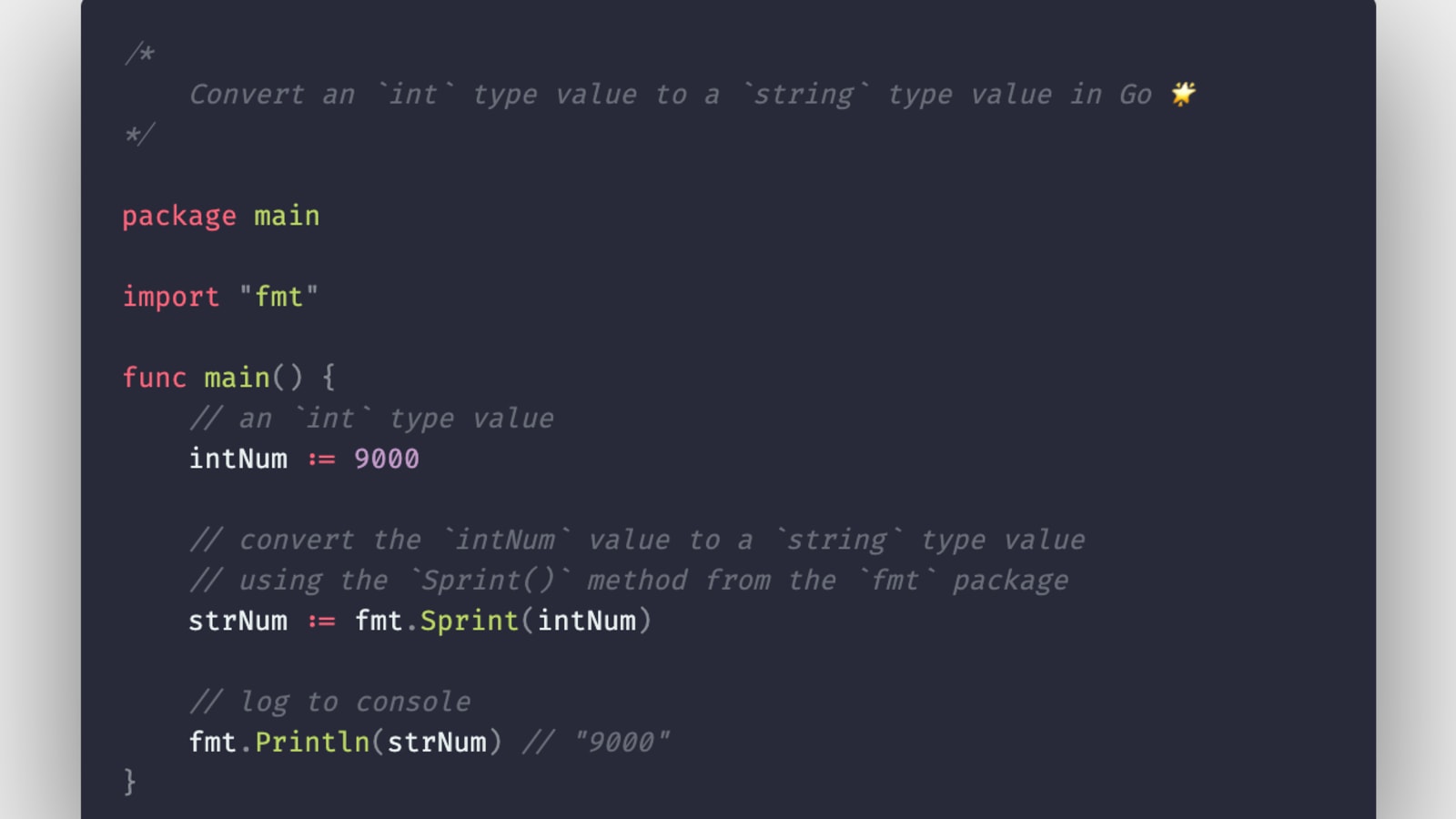


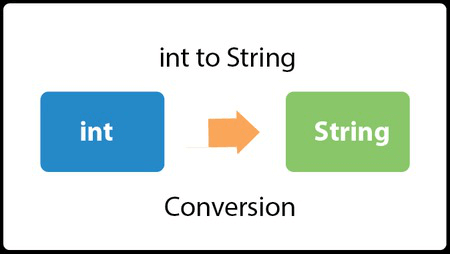
![Go] Chuyển đổi Int/String Slice sang kiểu dữ liệu String trong Golang - Technology Diver Go] Chuyển Đổi Int/String Slice Sang Kiểu Dữ Liệu String Trong Golang - Technology Diver](https://cuongquach.com/wp-content/uploads/2020/06/convert-int-string-slice-to-string.jpg)


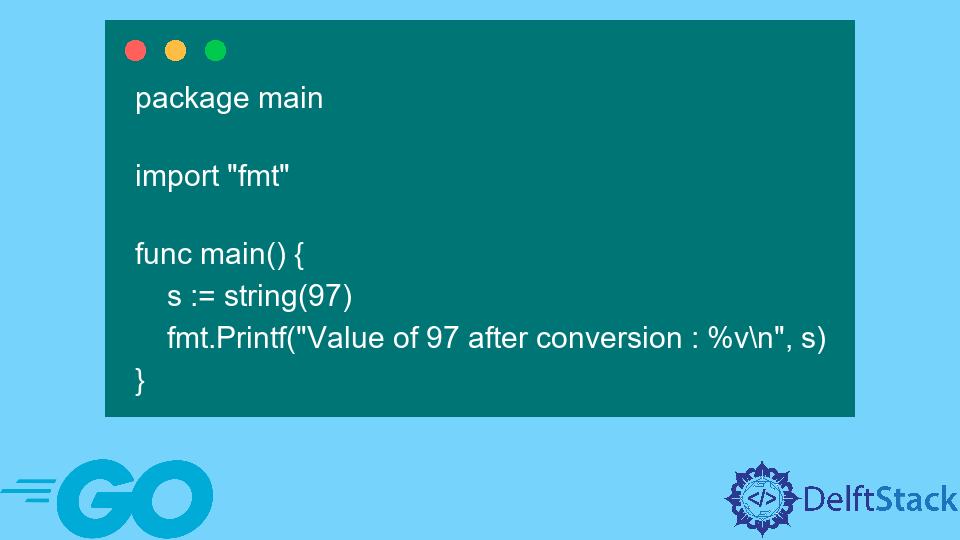
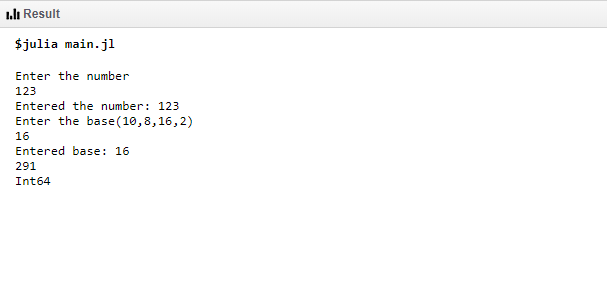
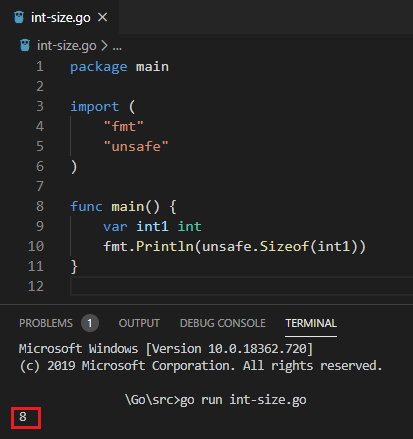
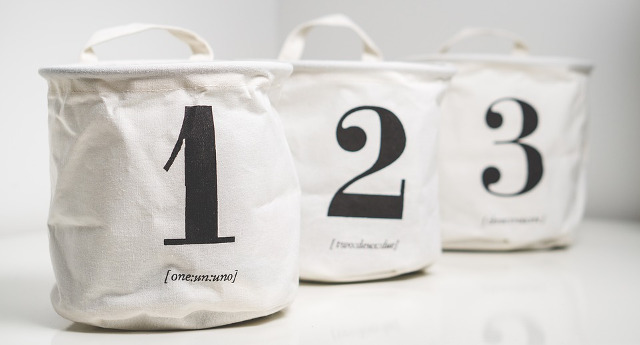
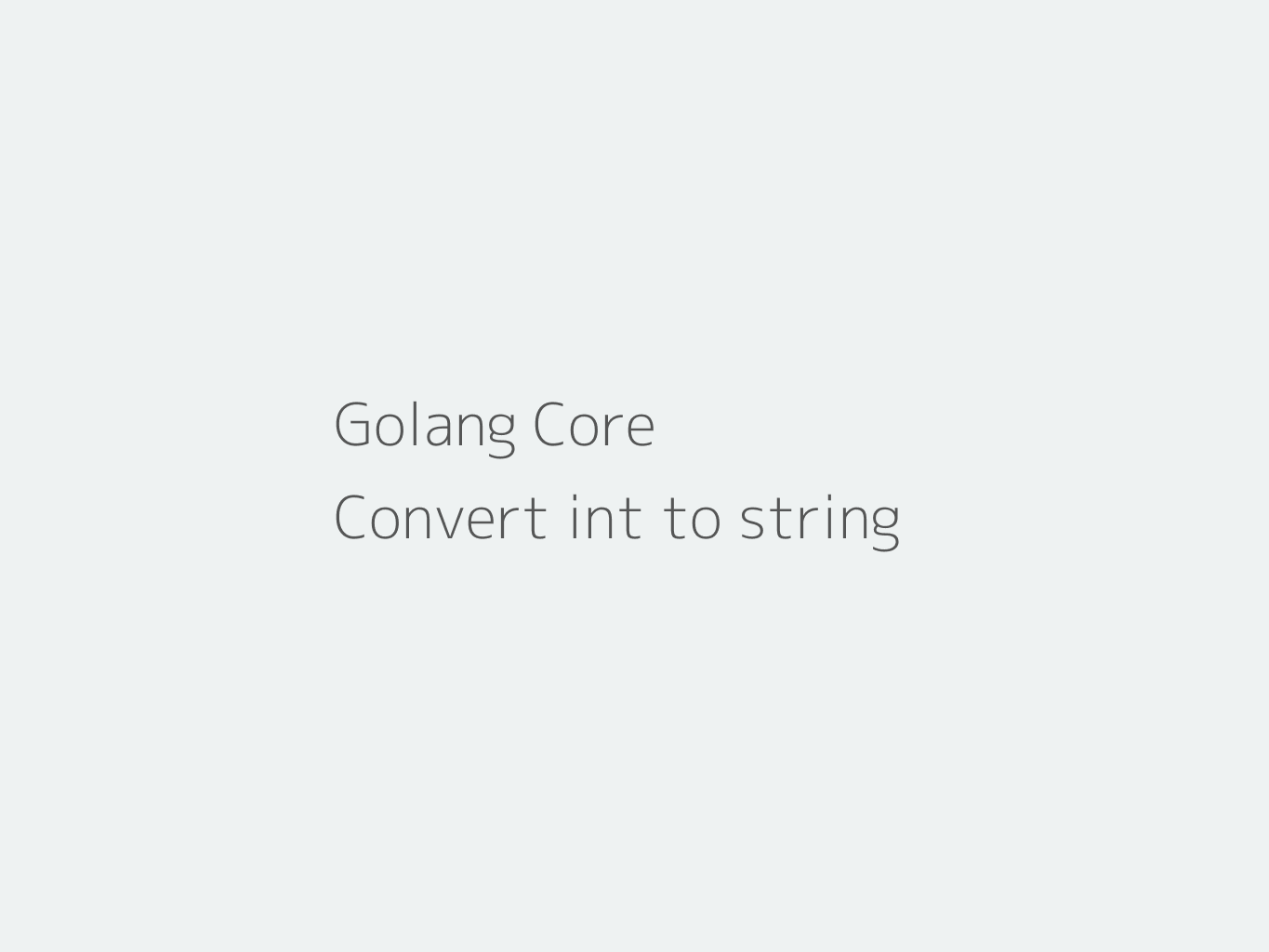
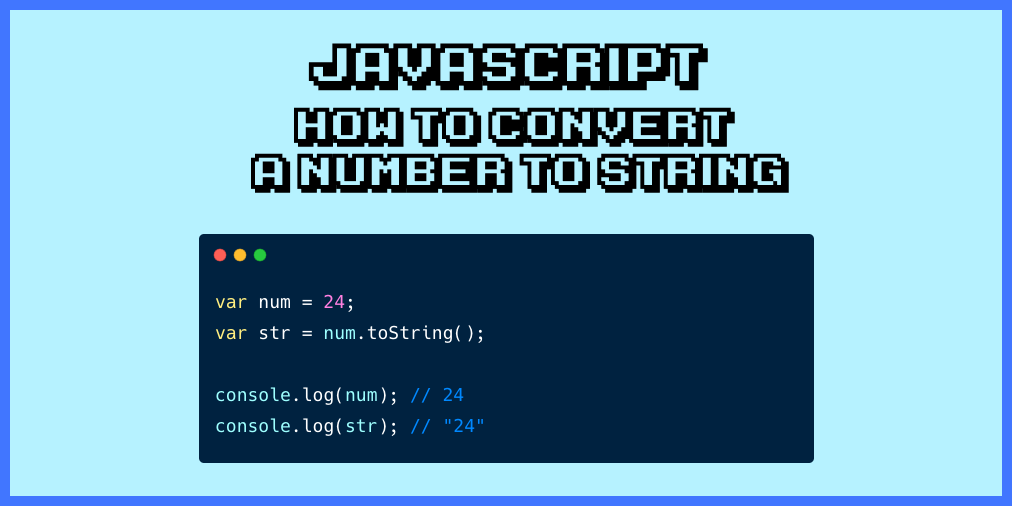
![Golang convert INT to STRING [100% Working] | GoLinuxCloud Golang Convert Int To String [100% Working] | Golinuxcloud](https://www.golinuxcloud.com/wp-content/uploads/golang-int-to-string.jpg)
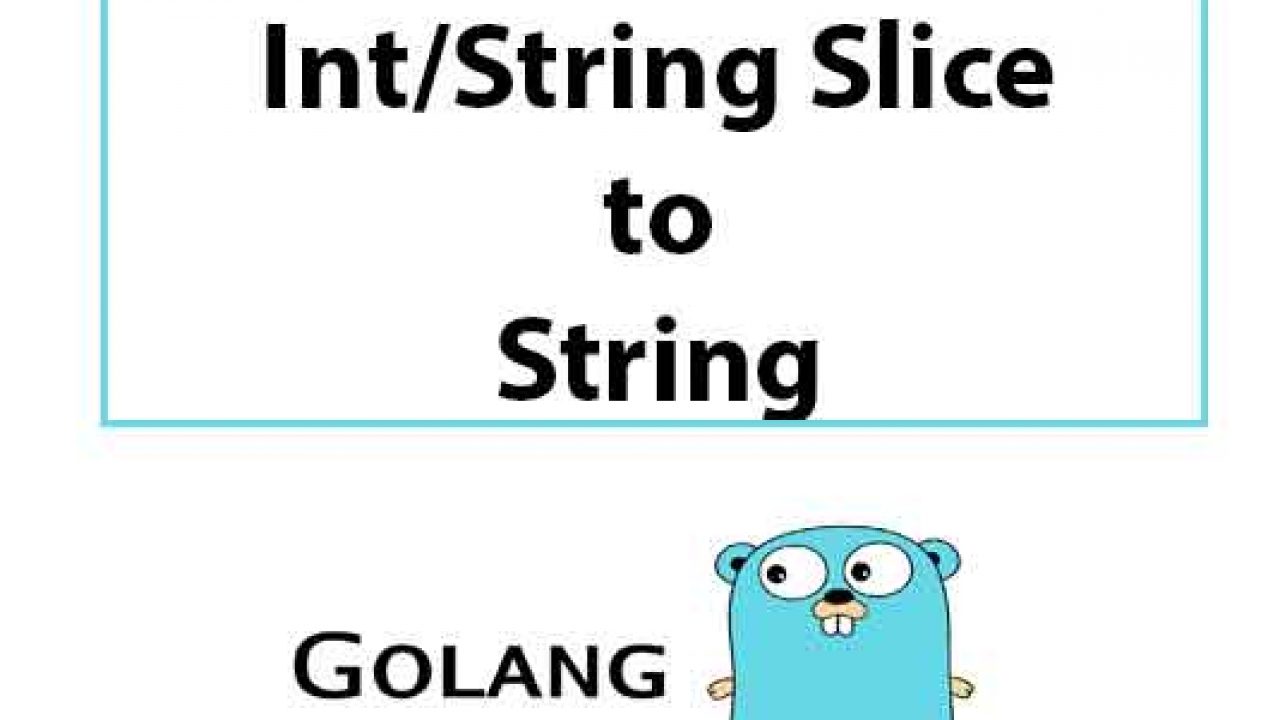
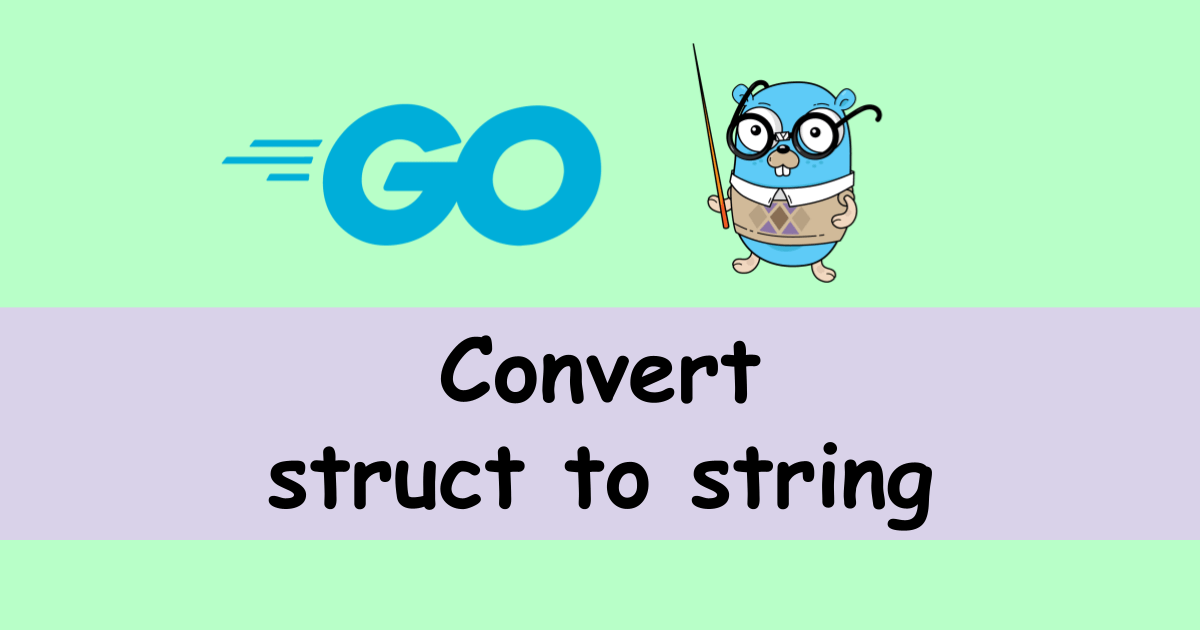
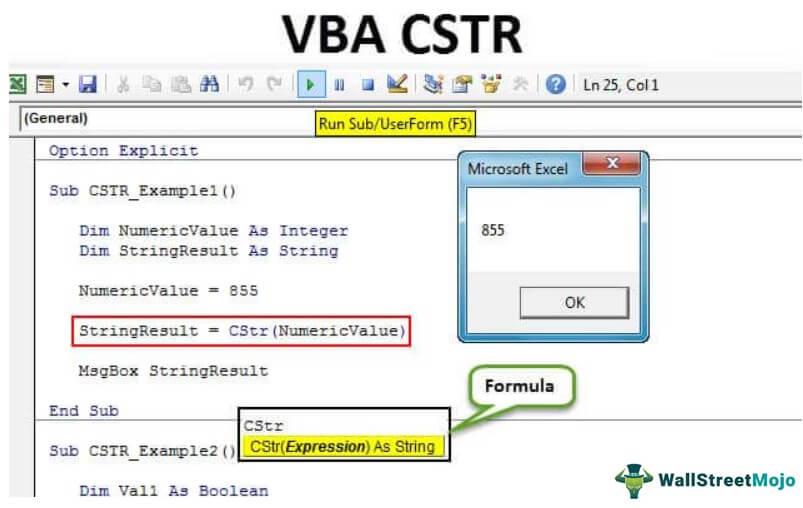
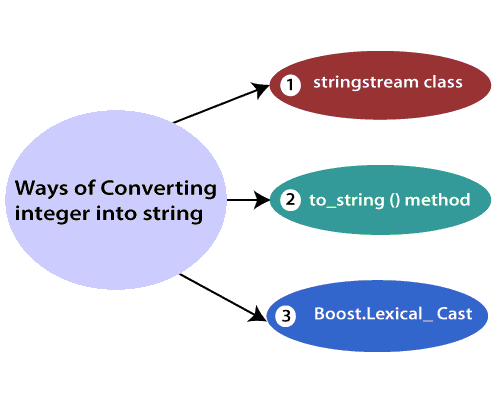
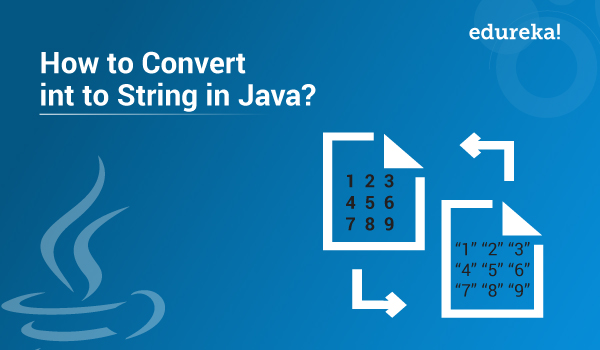

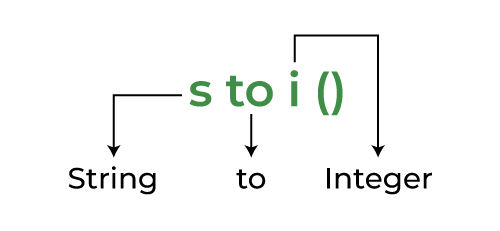
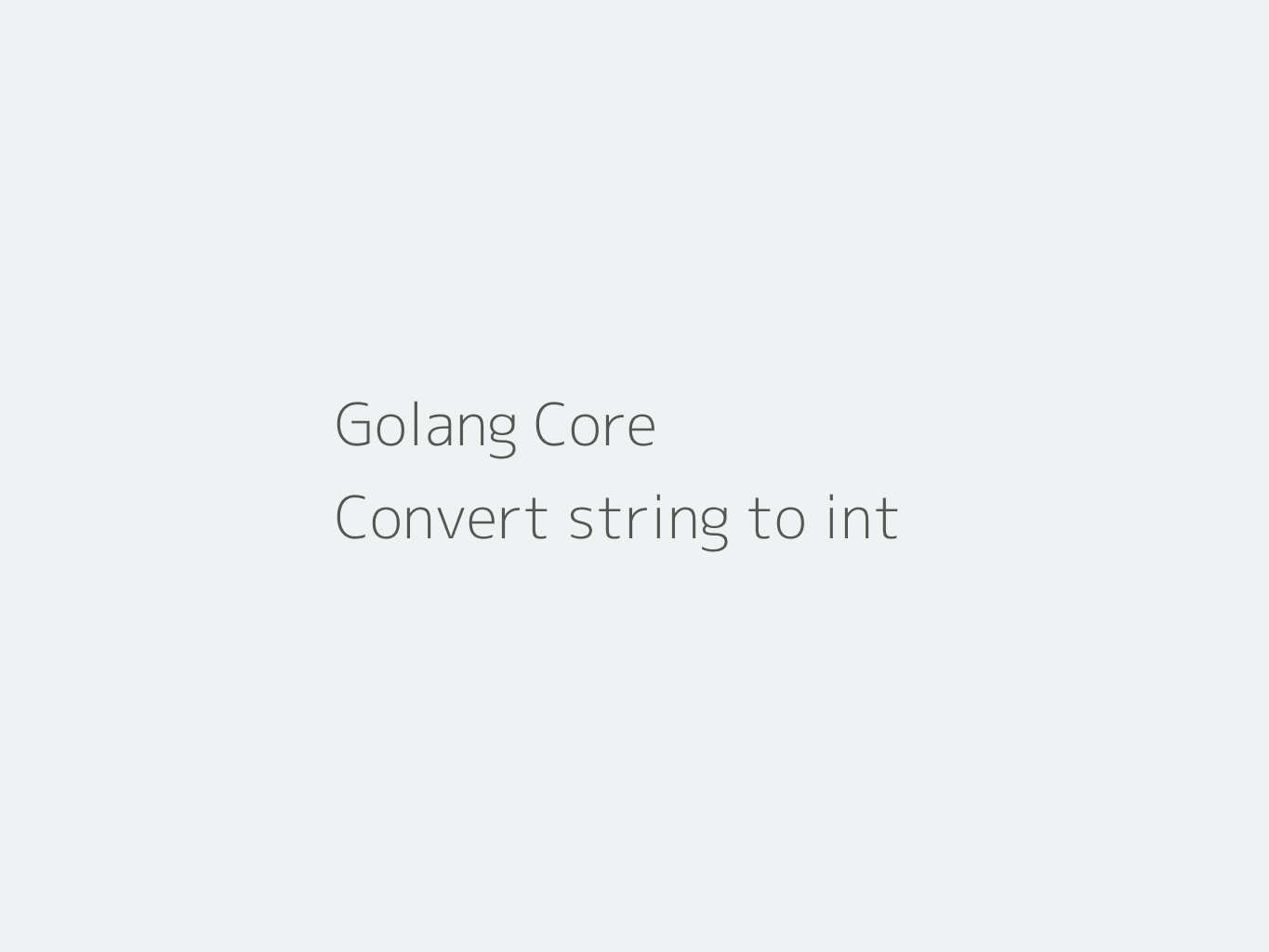
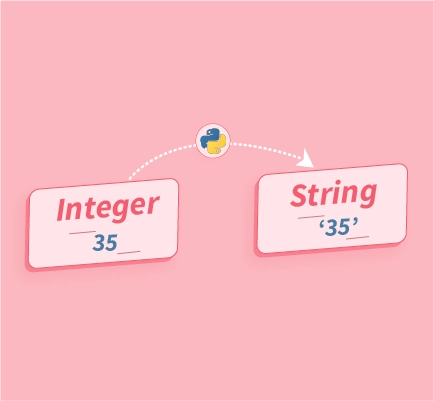

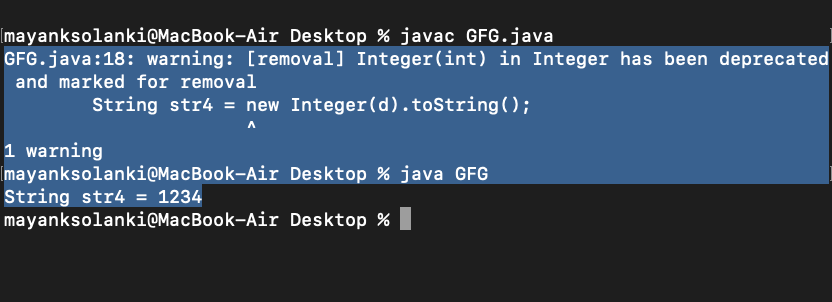
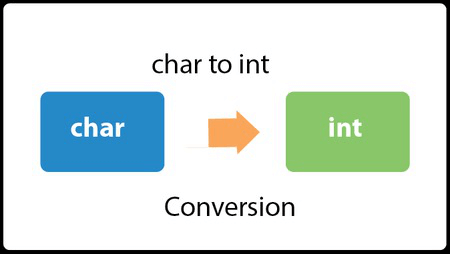







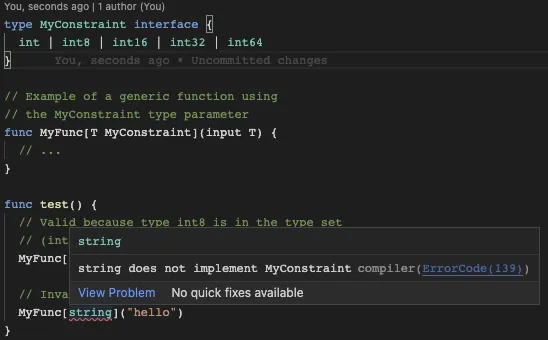


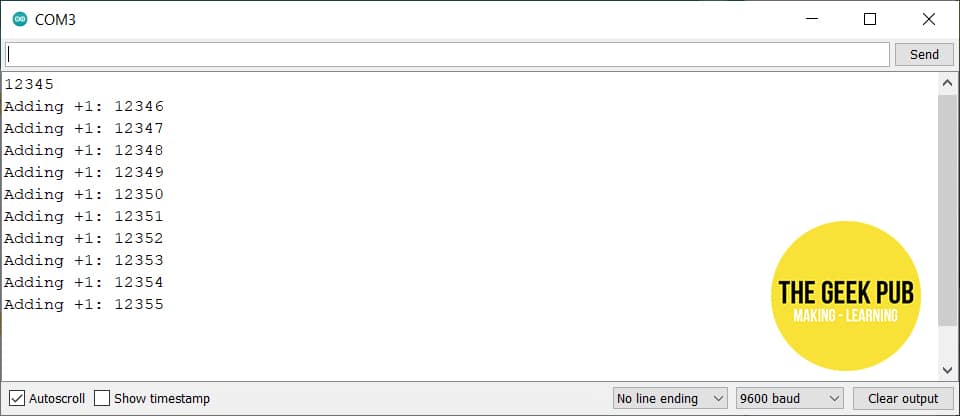
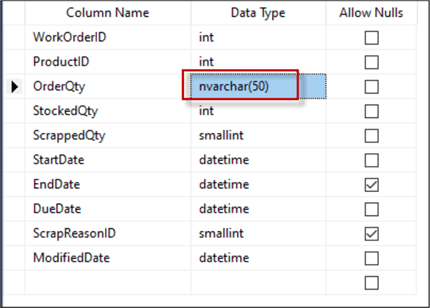

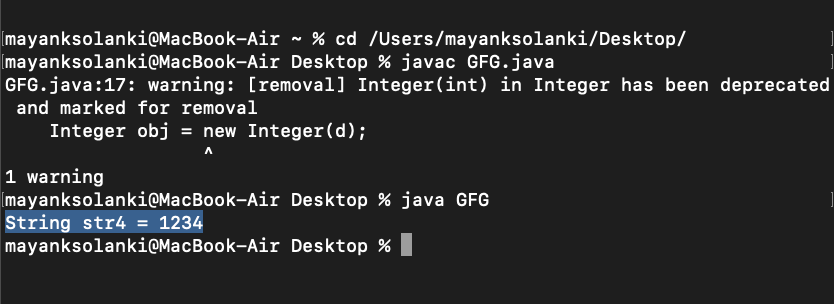


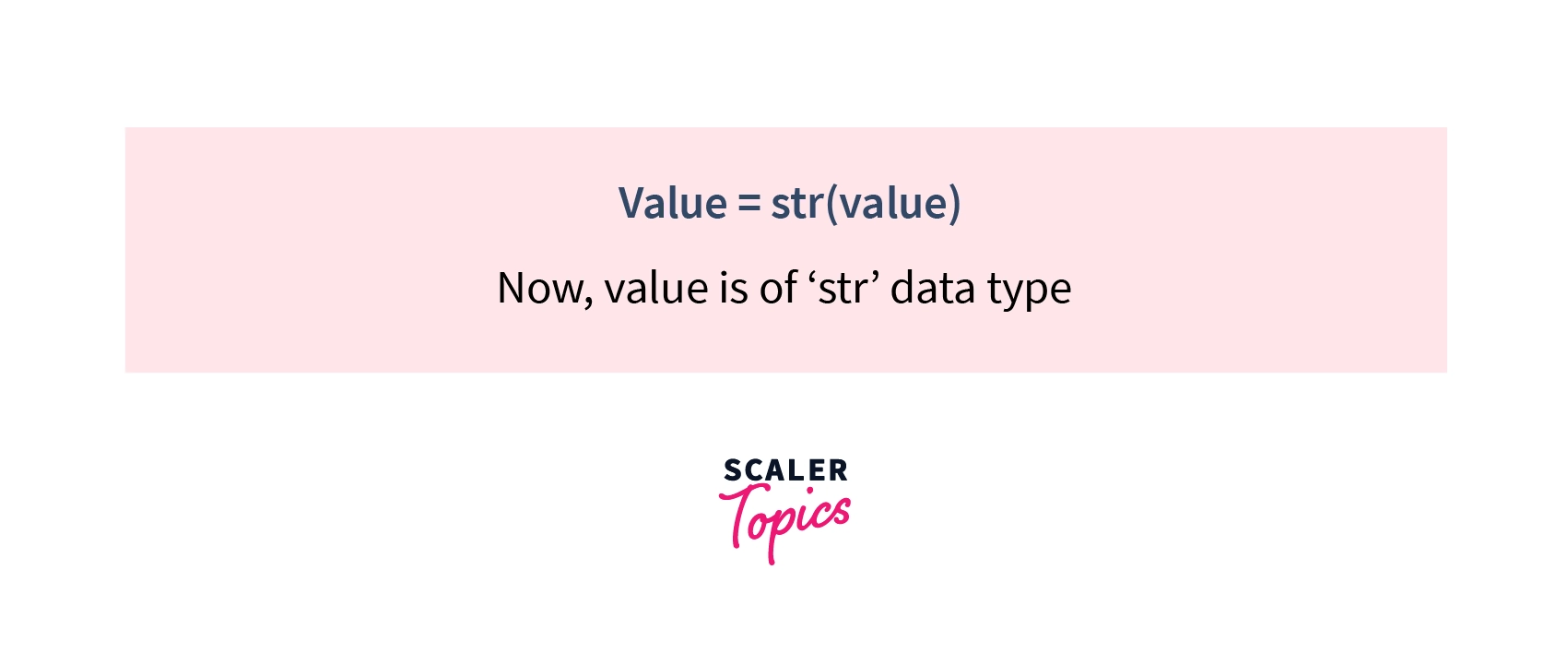


Article link: go convert int to string.
Learn more about the topic go convert int to string.
- Golang Int To String Conversion Example
- How to convert an int value to string in Go? – Stack Overflow
- How to convert an int to a string in Golang – Educative.io
- Golang Program to convert int type variables to String
- How to Convert int64 to String in Golang – AskGolang
- how to convert int64 to string in golang? – aGuideHub
- How to Convert Uint16 to String in Golang – AskGolang
- Golang Program to convert int type variables to String
- How To Convert Data Types in Go – DigitalOcean
- Convert between int, int64 and string · YourBasic Go
- Go int to string conversion – ZetCode
- Golang convert INT to STRING [100% Working] – GoLinuxCloud
- How to Convert integer to string type in Go? – Eternal Dev
- How to convert numbers to strings in Go – Freshman.tech
See more: nhanvietluanvan.com/luat-hoc